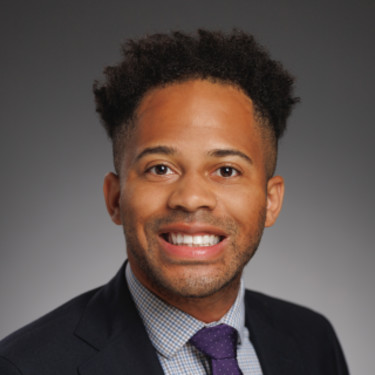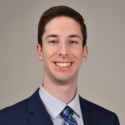I have attended SLEEP for many years. I took a moment to reflect on the way the content and location of the meeting have changed since my first attendance in Washington, which included a presentation on the steps of the Capitol about the importance of sleep research funding to the celebration of the 50 years since the discovery of REM sleep to now. In past years, much of the content was devoted to obstructive sleep apnea. In comparison, this year’s program in Seattle had more symposia and oral presentations that addressed hypersomnolence and the wide pathophysiological consequences of sleep disruption due to disease or circadian misalignment.
The plenary keynote presentation covered major discoveries in sleep physiology and differences among species. Among them was the negative correlation between body temperature and the amount of REM sleep, with animals with lower body temperature having lower amounts of REM sleep.
Several oral presentation sessions covered the consequences of circadian disruption on health. Perhaps the most prominent was a presentation by Dr. Selma Masri describing a younger age of colorectal cancer and the potential mechanisms by which circadian disruptions may contribute.
Of particular interest was a symposium led by Dr. Kiran Maski, which addressed the cognitive and psychological aspects of narcolepsy.
The first talk, “Neurobiological Mechanisms of Orexin on Cognitive Targets,” was presented by Dr. Christopher Cano, who recently authored a review article on the topic. Clearly and systematically, Dr. Cano discussed how orexin neurons may influence attention directly through projections to the prefrontal cortex — and indirectly — via modulation of monoamine-producing nuclei—particularly dopaminergic neurons. He emphasized the importance of cortical interneurons in generating gamma oscillations, which are critical for attention, and how orexin deficiency may disrupt that activity.
The second speaker, Julie Flygare, was a lawyer, author, and CEO of Project Sleep, Inc. Ms. Flygare is a patient advocate who has narcolepsy type 1. In a powerfully engaging and eloquent manner, Ms. Flygare led us through the journey from her first symptoms to the diagnosis many years later. This delay is not unusual; it is common for patients to be diagnosed years or even decades after the first symptoms. Despite having treated many patients with narcolepsy and my ability to listen to them, I learned a lot. More striking than the description of the pre-diagnostic struggles, which included sleep attacks and brain fog, was the experience of the patient after treatment initiation. She described that the resolution of the main symptoms of sleepiness came at the expense of subtle changes in her creativity, so much so that she delayed medication usage when she needed to prepare a creative presentation. Last came the presentation from the session leader, Dr Kiran Maski, a child neurologist, sleep physician, and clinical researcher from Boston Children’s Hospital. In a well-structured and highly informative talk, Dr. Maski covered the fundamental question: “What can clinicians do to understand the cognitive function concerns of their patients with narcolepsy and idiopathic hypersomnia, commonly known as brain fog.” She presented past and recent findings of neuropsychological and memory performance in people with narcolepsy and idiopathic hypersomnia, concluding that the problem based on neuropsychological testing is in the domain of attention and focus, followed by memory and other executive functioning problems. She then described helpful surveys and office/based tools, including the psychomotor vigilance task, as ways to obtain more detailed cognitive profiles for people with hypersomnia to personalize treatments, enhance patient safety (especially for driving), and measure symptoms such as sleep inertia. Lastly, she concluded with a review of the cognitive effects of current and investigational treatments for narcolepsy and idiopathic hypersomnia, providing hope that the impactful cognitive problems can improve.
Overall, this was an excellent and worthwhile meeting for anyone interested in updating their knowledge of sleep physiology and treatment.
Dr. Pavlova has no relevant conflicts of interest to report.
Image by Vaselena / Getty Images







